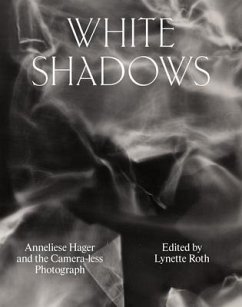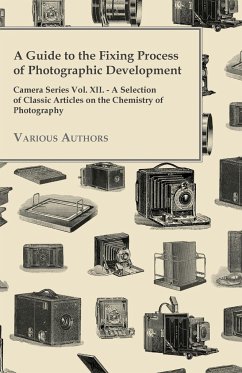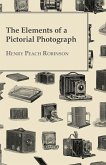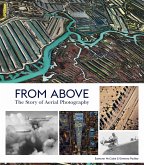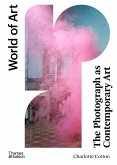An unprecedented delve into the dazzling, inventive and long-overlooked Surrealist photograms and poetry of Anneliese HagerThis publication introduces the untold story of German artist and poet Anneliese Hager. Active from the 1930s to the 1960s, Hager began her photographic experimentation in Germany during the Nazi censure of modern art. Her preferred medium was the cameraless photograph, or photogramâ¿an image made by placing objects directly on (or in close proximity to) a light-sensitive surface and exposing the assembled material to light. In its final form, a photogram is a one-of-a-kind work that reverses light and dark: the longer the paper is covered, and hence unexposed, the brighter the covered parts will be, and vice versa. Hager called these bright areas "white shadows."Hagerâ¿s photograms offer a more inclusive history of the medium, synthesizing the techniqueâ¿s 20th-century avant-garde trajectory (best known in the work of László Moholy-Nagy and Man Ray) and its 19th-century prehistories in the realm of science and in practices such as the making of silhouettes, collage and textile artsâ¿pursuits often coded feminine. In 1945, all Hagerâ¿s existing artwork was destroyed in the bombing of Dresden during World War II. This book offers an unprecedented reconstruction of her development and postwar creation of otherworldly, Surrealist visions in photograms and poems, a selection of which appear here in English for the first time. For Hager, the photogram was significant for its provocative tonal inversions and surprising chance effects, but also for what emerges from the dark. Anneliese Hager (1904â¿97) was a German Surrealist poet, translator and photo artist. She began making photographs in Berlin in the 1920s, and from 1935 began to experiment with photograms. Hager also made the first German translations of French authors such as Apollinaire, Breton, Char, Jarry, Lautréamont and Yourcenar.

